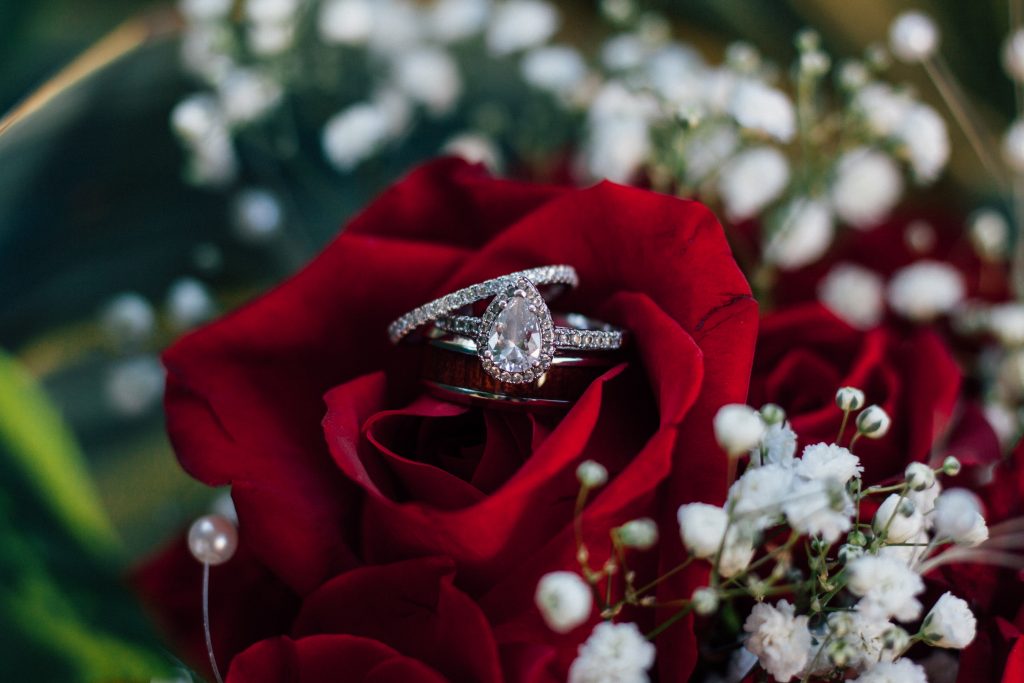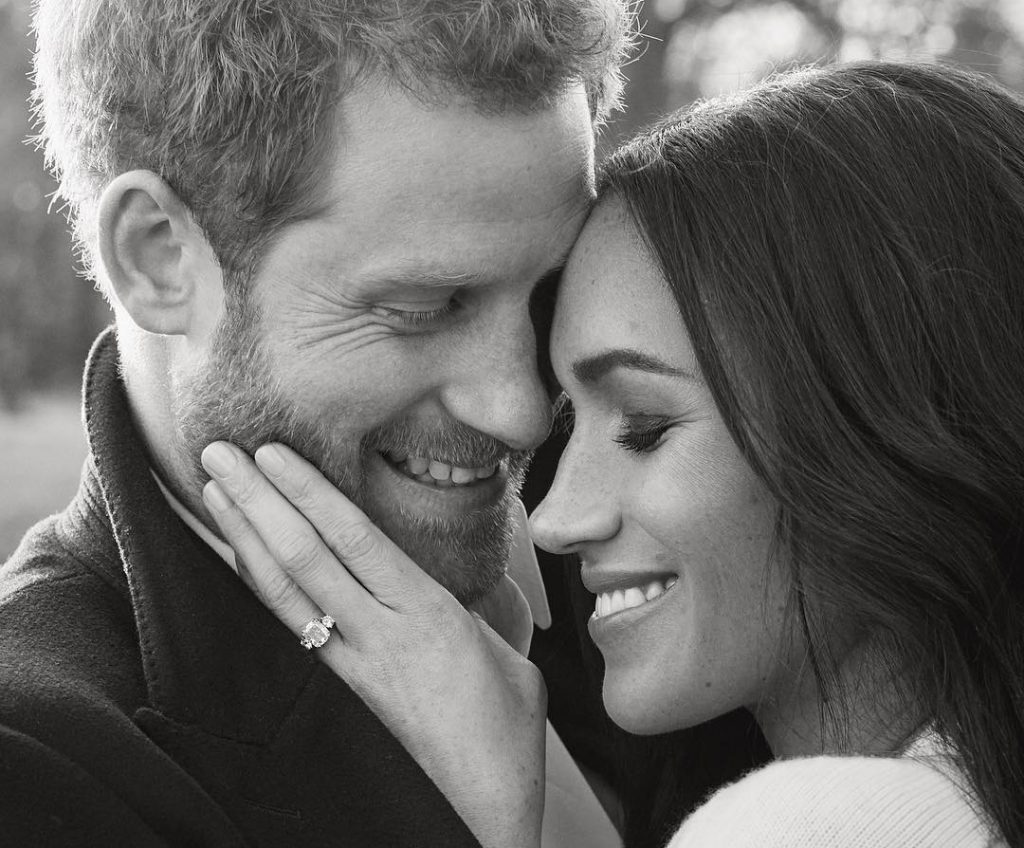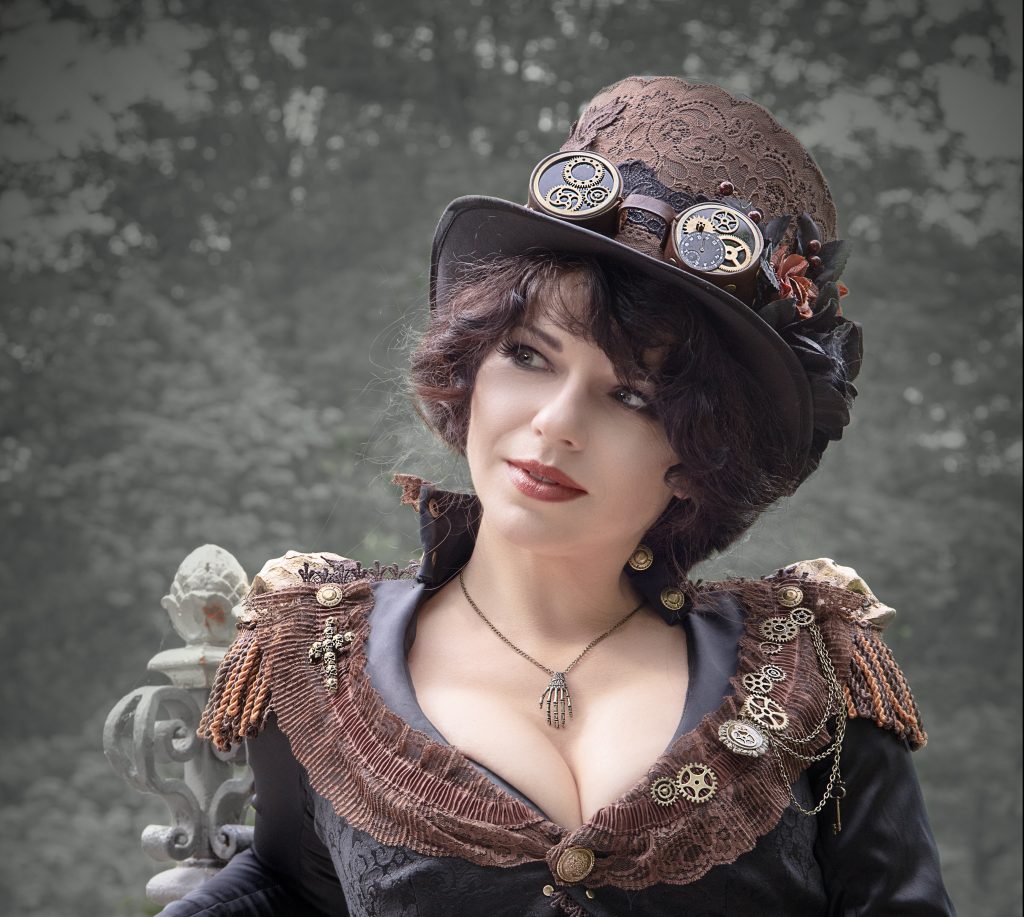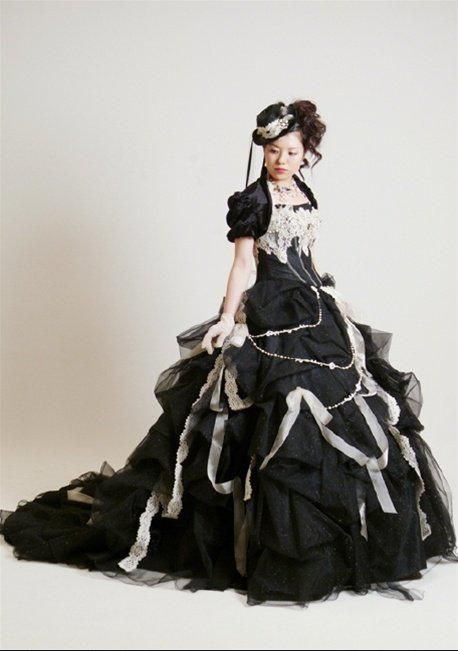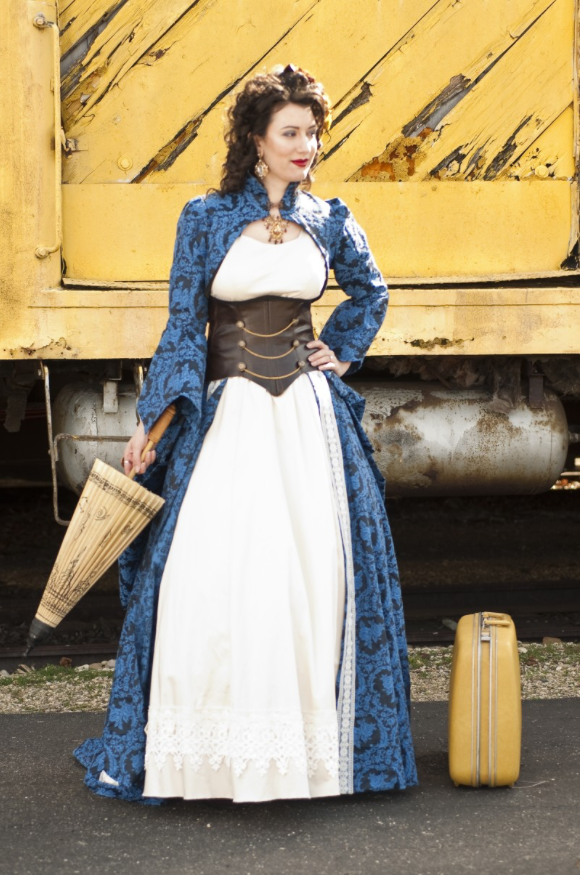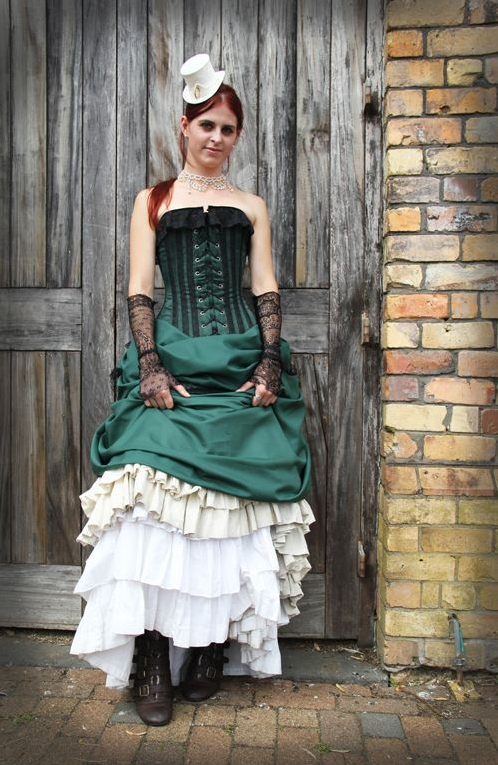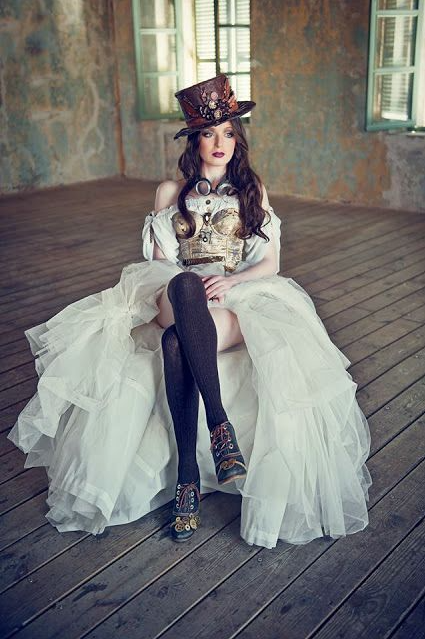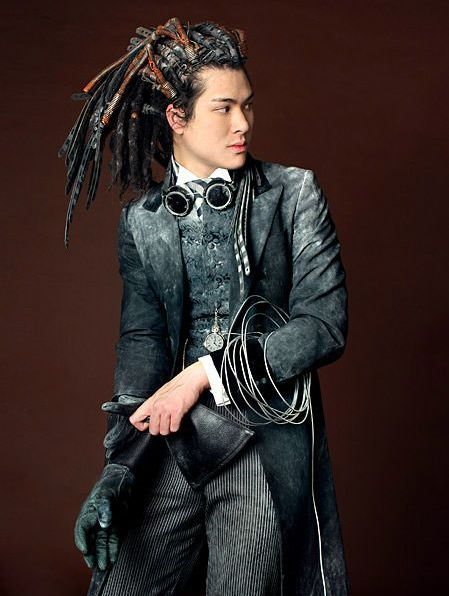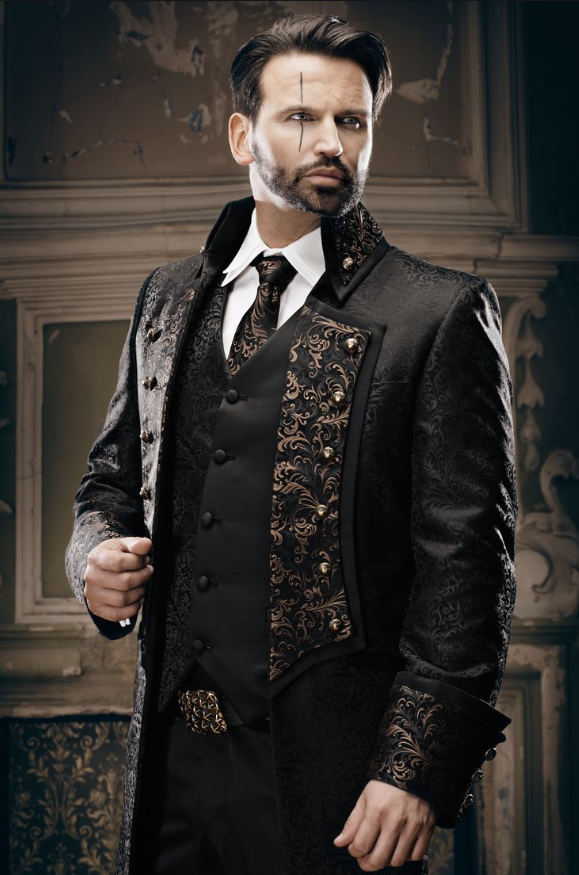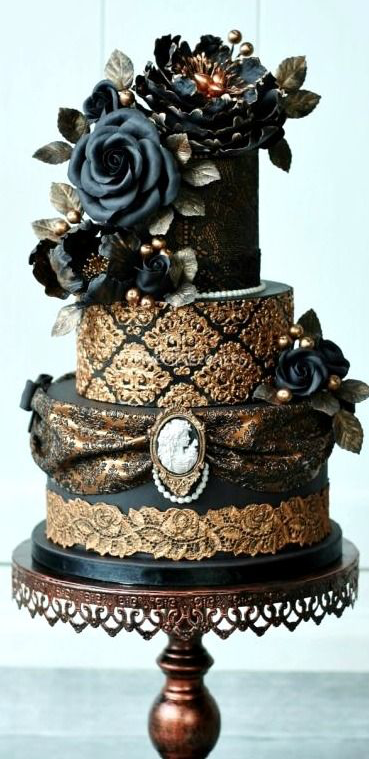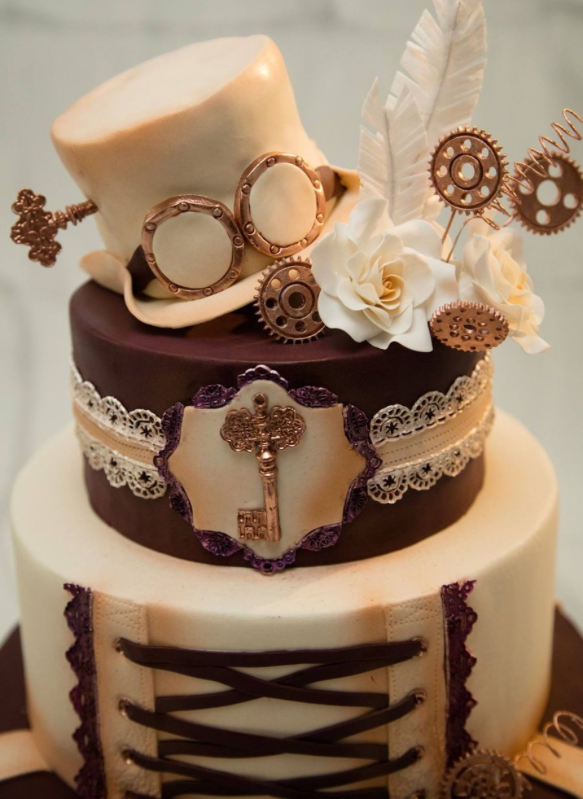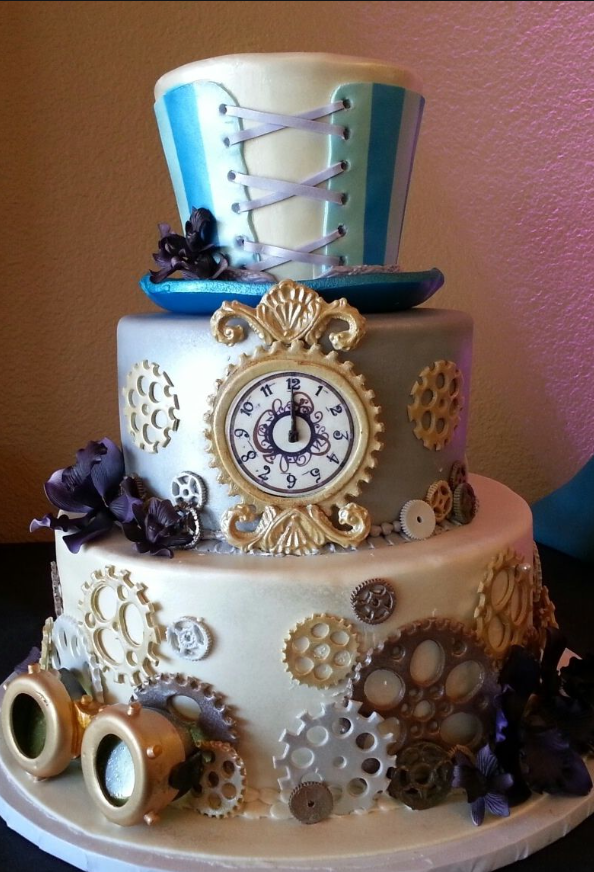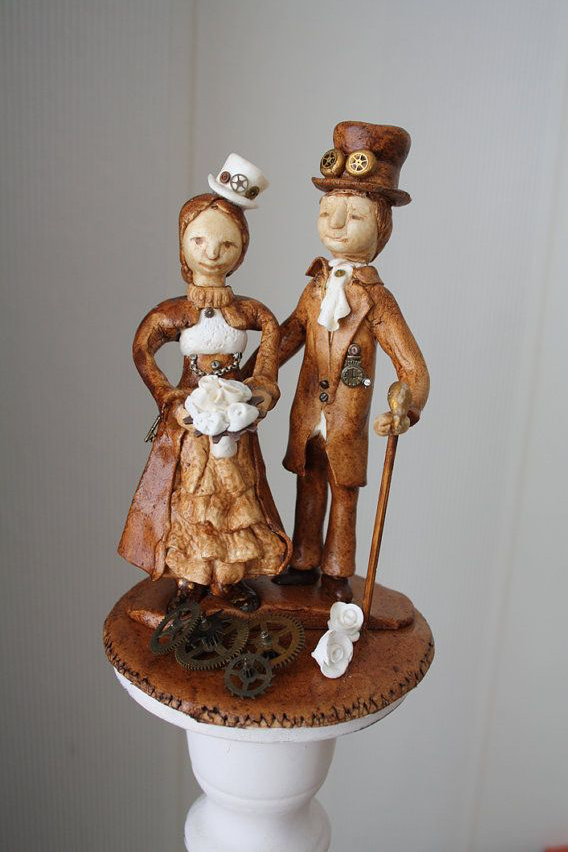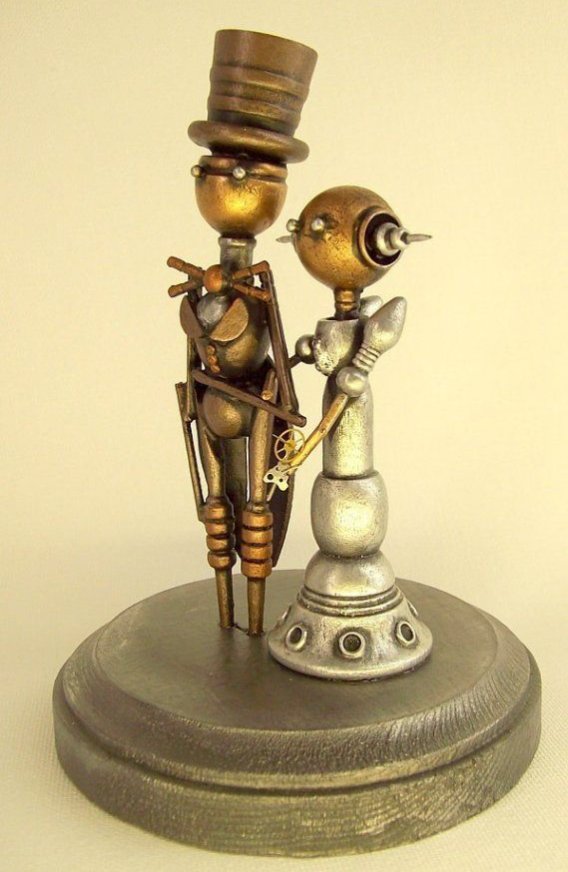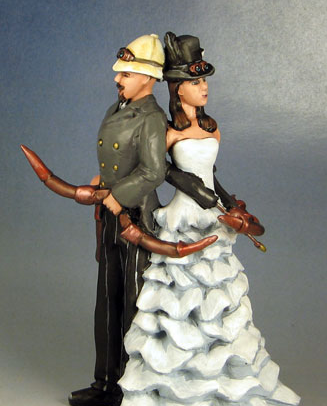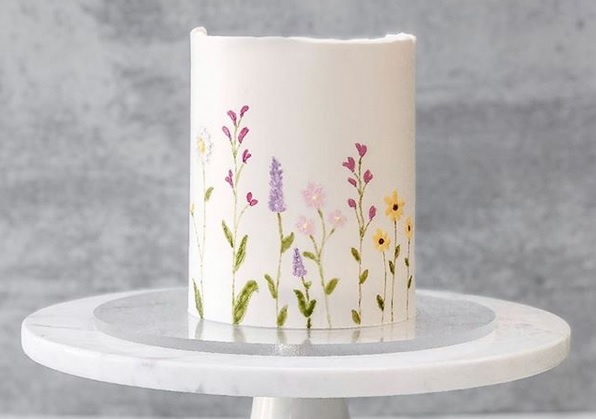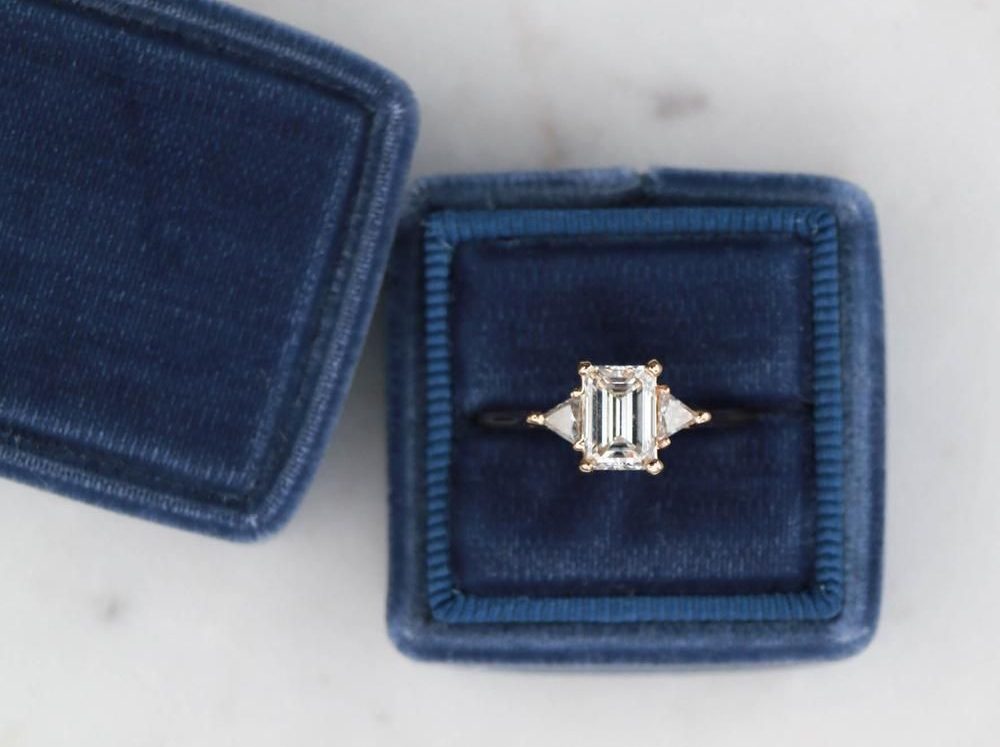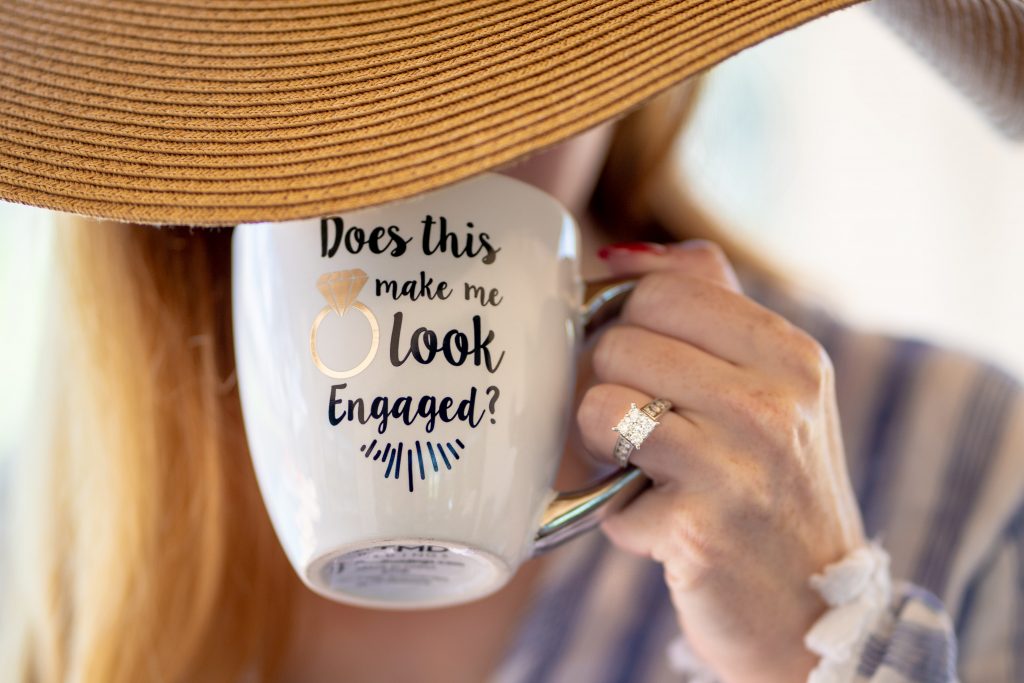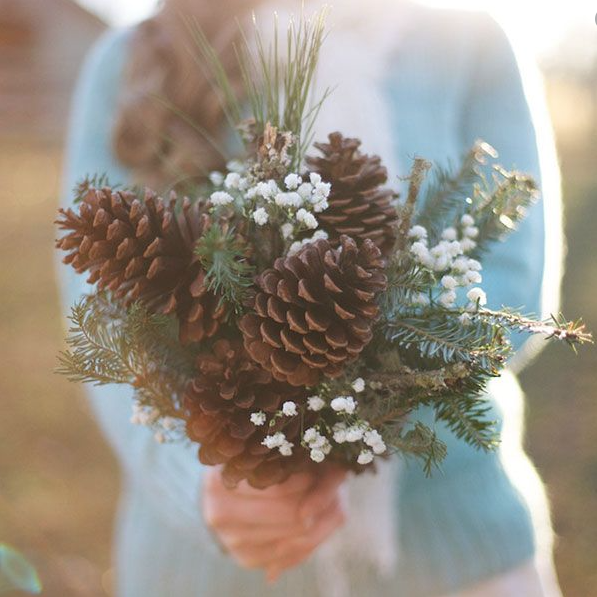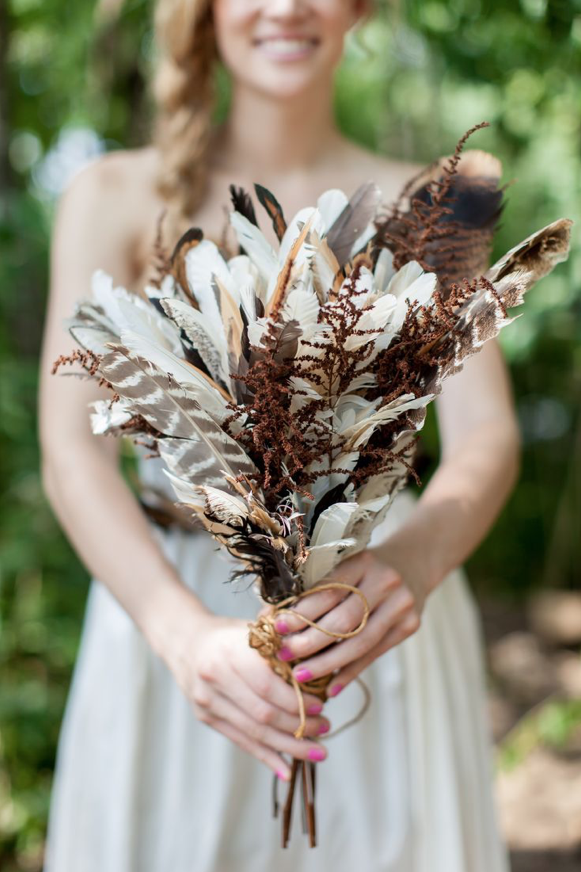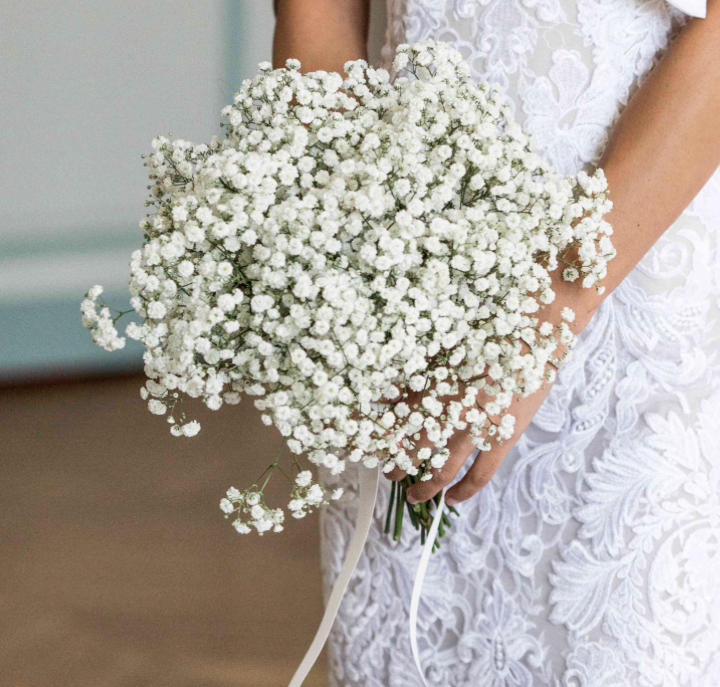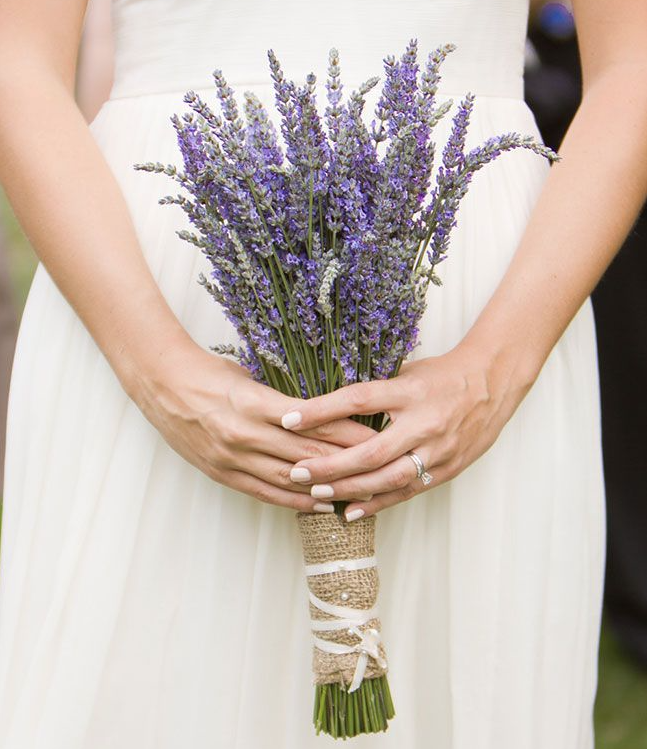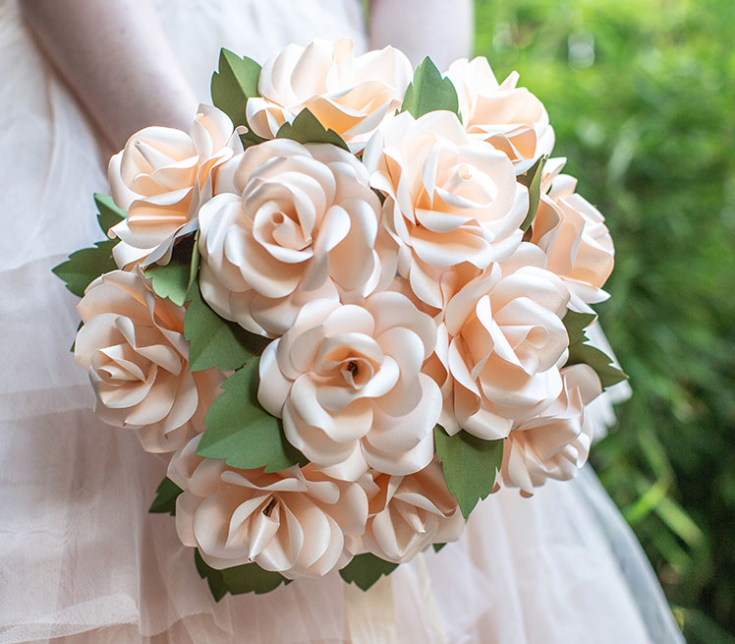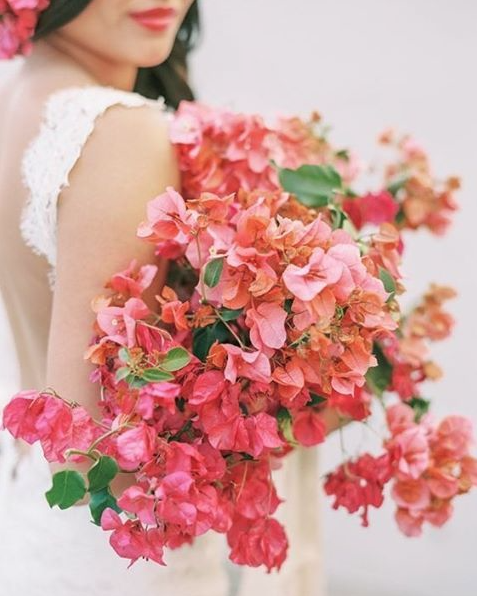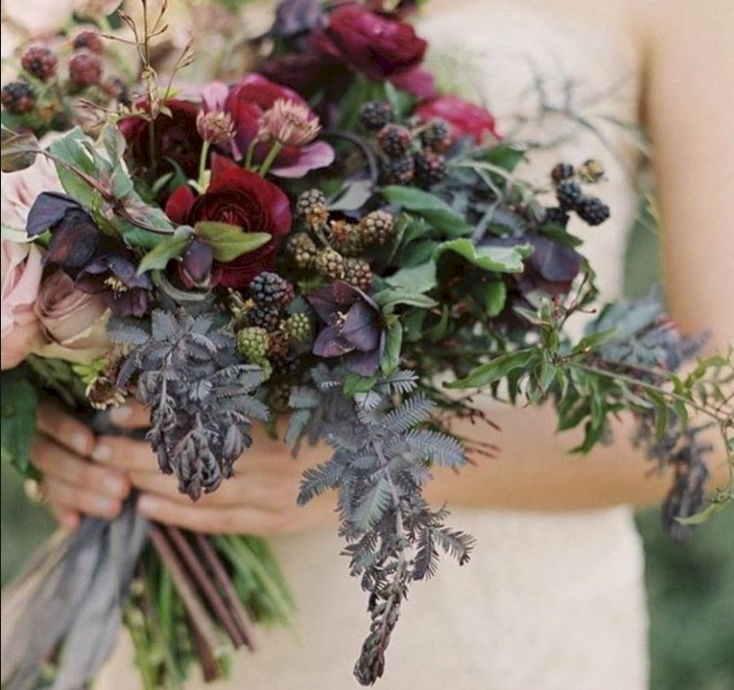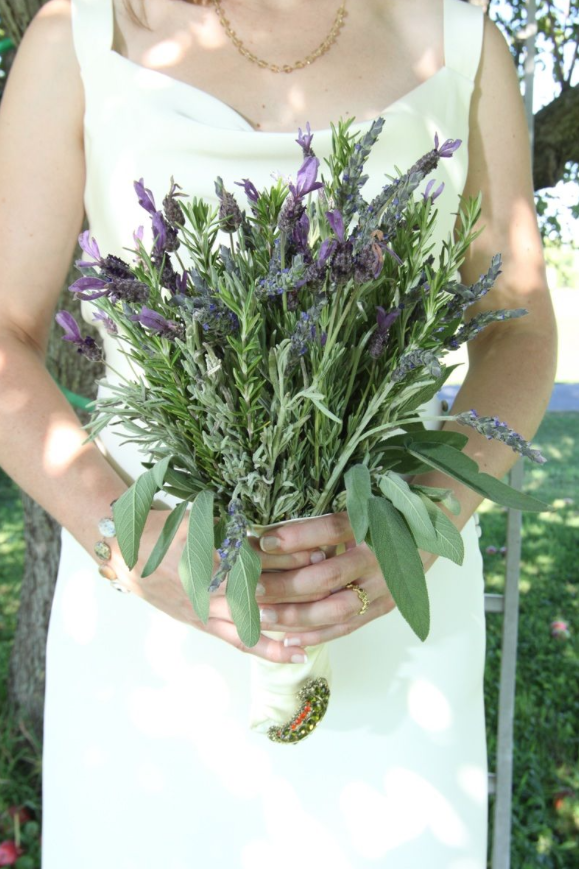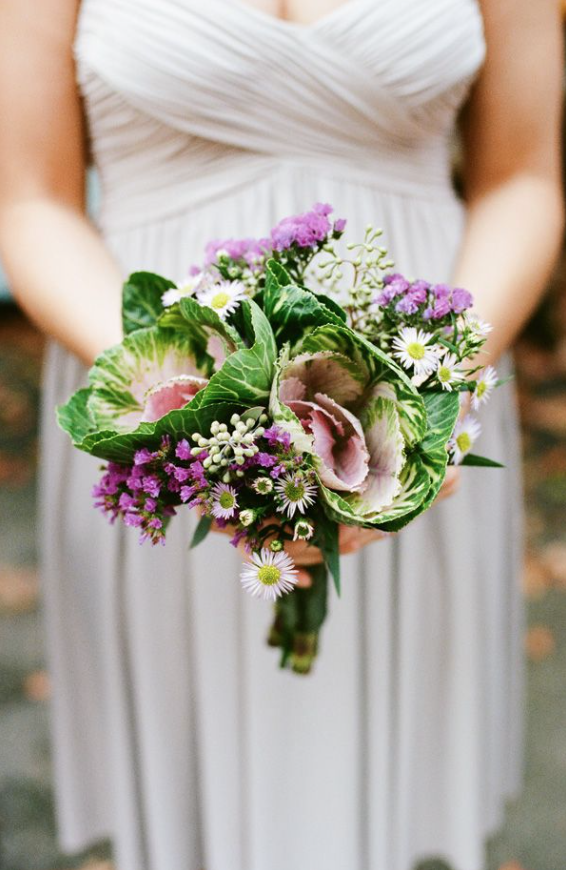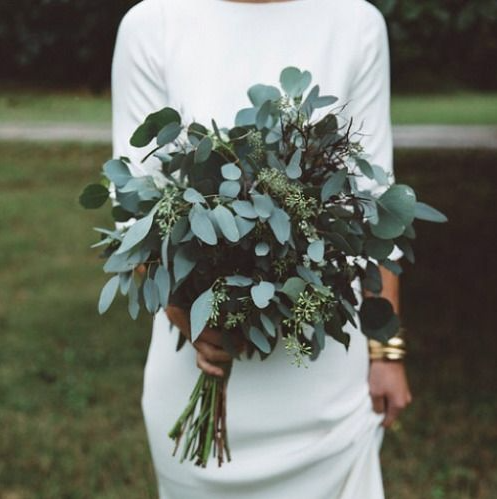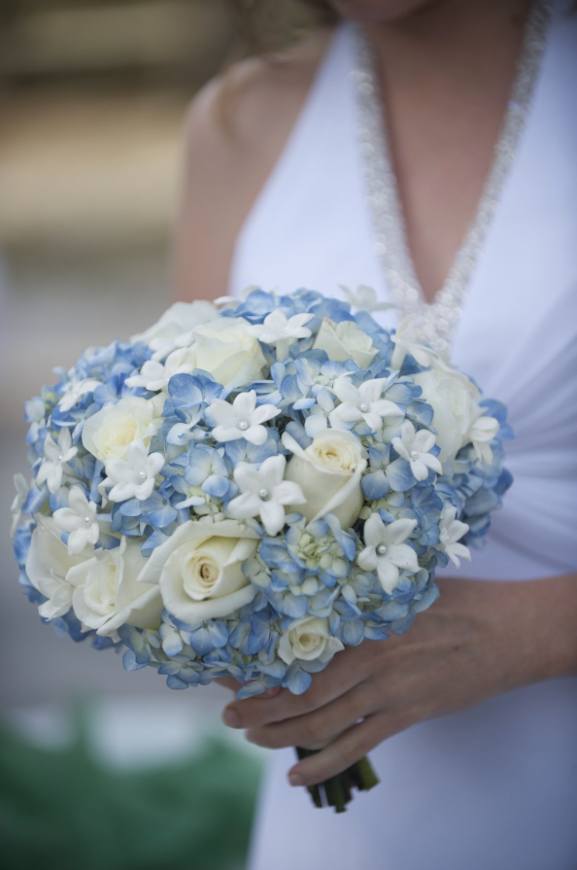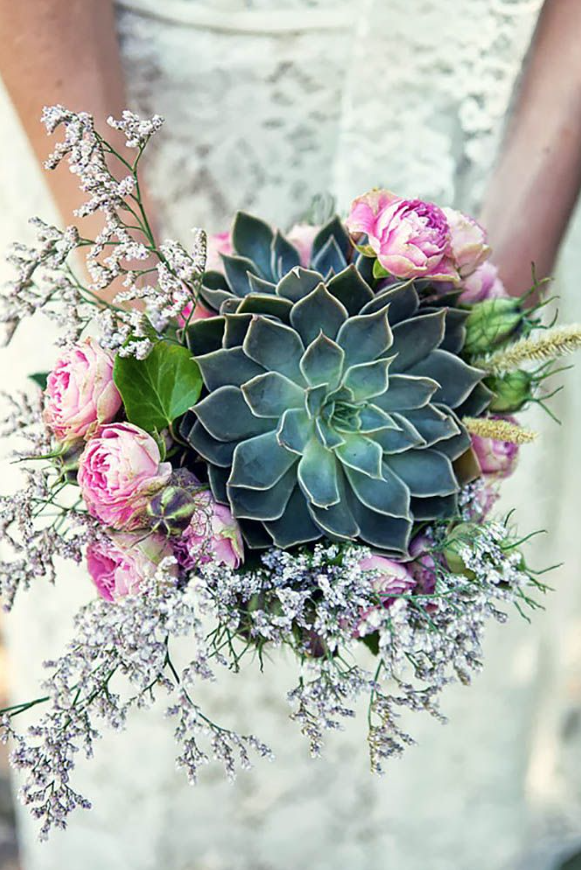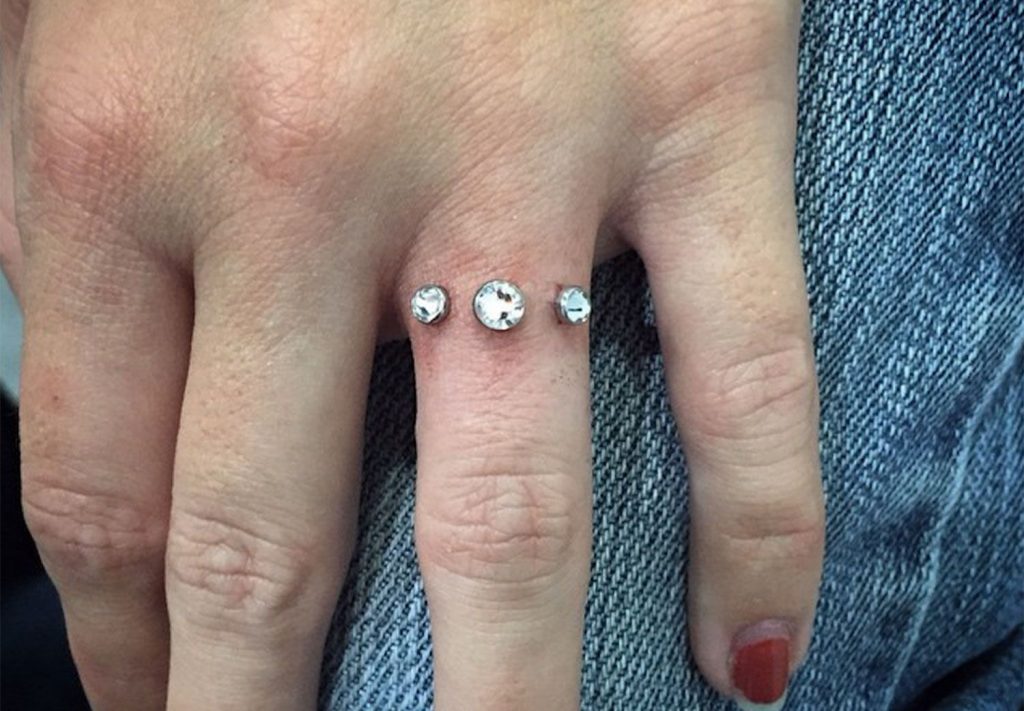An engagement is always an important time in a person’s life, and the way you announce it to the world is often equally exciting.
Celebs have a few more eyes on them than the regular person, and many go big to announce their upcoming nuptials. We’ve rounded up our favourite celebrity engagement ring selfies and snaps. Warning, major ring envy might occur!
Sophie Turner
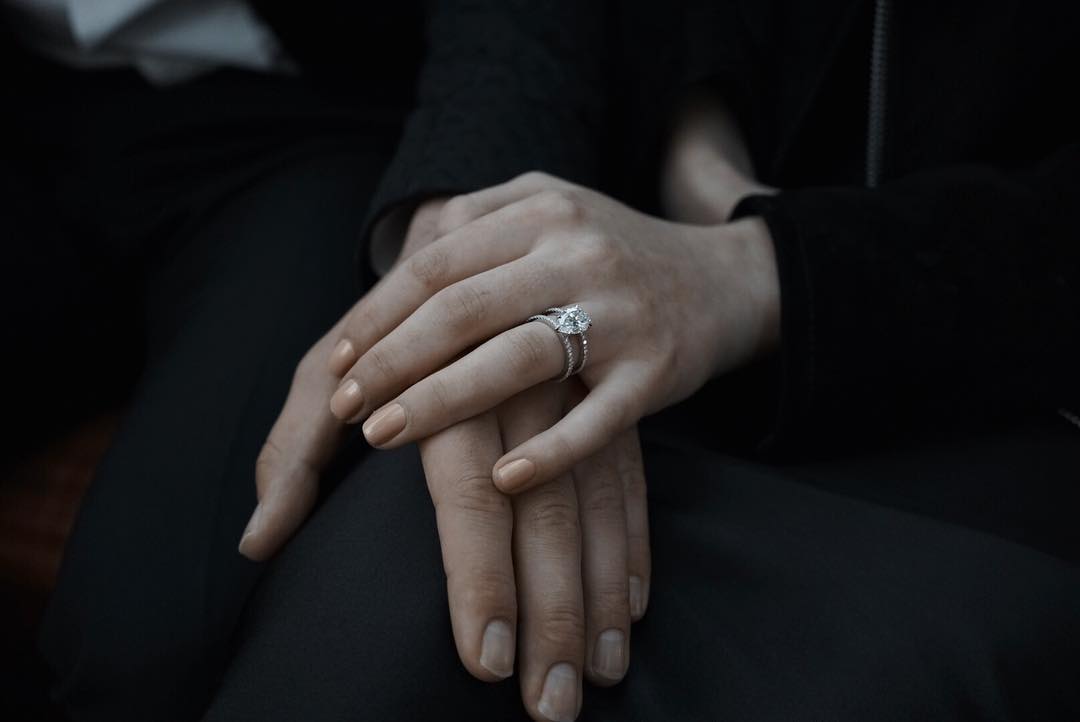
Game of Thrones star Sophie Turner and one-third of the Jonas Brothers, Joe Jonas got engaged in October 2017. Following a host of pre-wedding activities, this loved up-couple said ‘I do’ in 2019 at the Château de Tourreau in the South of France with their closest family and friends around them.
This was their second wedding. The couple famously wed at a Las Vegas chapel after the Billboard Music Awards, and their nuptials were broadcast to the world via Diplo’s Instagram Live.
They recently welcomed their first child, a girl named Willa.
Katy Perry
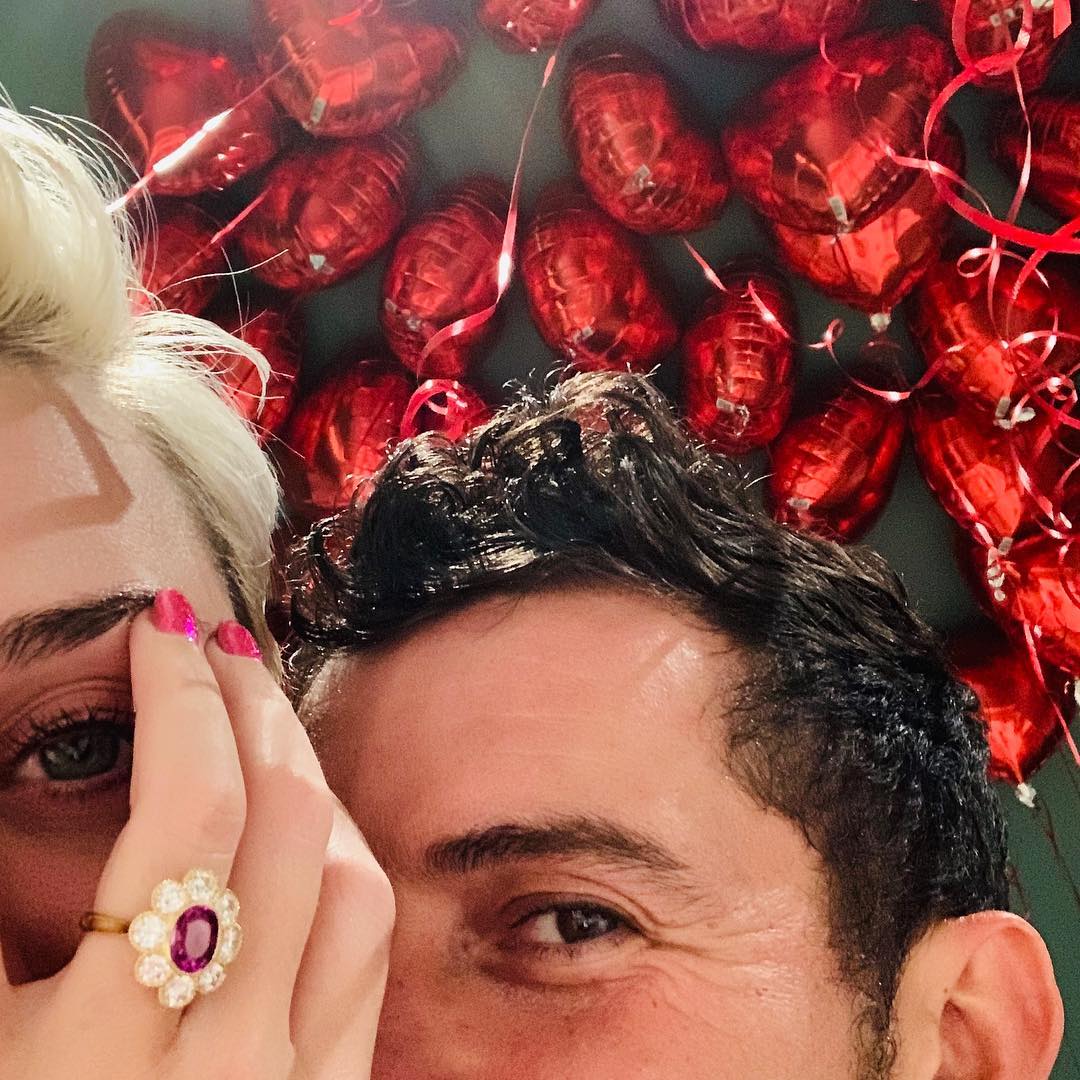
The Pirates of the Carribbean actor proposed to his California Girl On Valentine’s Day, presenting her with a unique flower-shaped diamond ring.
They were meant to tie the knot in 2020, but have postponed their wedding due to the COVID-19 pandemic. In other exciting news, the couple are expecting the birth of their first child together very soon. Bloom already has a son with model Miranda Kerr.
Jennifer Lopez

Back in March 2019, baseball star Alex Rodriguez proposed to Jenny from the Block with a whopping 16-carat diamond ring estimated to cost somewhere between $1 million and $4.5 million.
J-Lo and A-Rod had planned to say their “I-do’s” in Italy this year, but were forced to cancel amid the COVID-19 pandemic.
Heidi Klum

Heidi Klum and musician Tom Kaulitz became engaged in December 2018. They secretly married in February 2019 then followed it up with a stunning second beautiful ceremony on a yacht off the picturesque coast of Capri.
They tied the knot onboard the famous Christina O, following in the footsteps of Princess Grace Kelly and Jacqueline Kennedy Onassis who also chose this yacht for their respective receptions.
Priyanka Chopra

Nick Jonas popped the question to Priyanka Chopra on her birthday while on holiday in Crete in 2018.
The pair wed in spectacular fashion in 2019 in a three-day wedding blending Hindu and Christian traditions. They said ‘I do’ at the Umaid Bhawan Palace in Jodhpur, Rajasthan. Kevin and Joe Jonas, Sophie Turner, 30 Rock actor Jack McBrayer and Elizabeth Chambers Hammer were just a few of the notable names at this lavish wedding
Margot Robbie
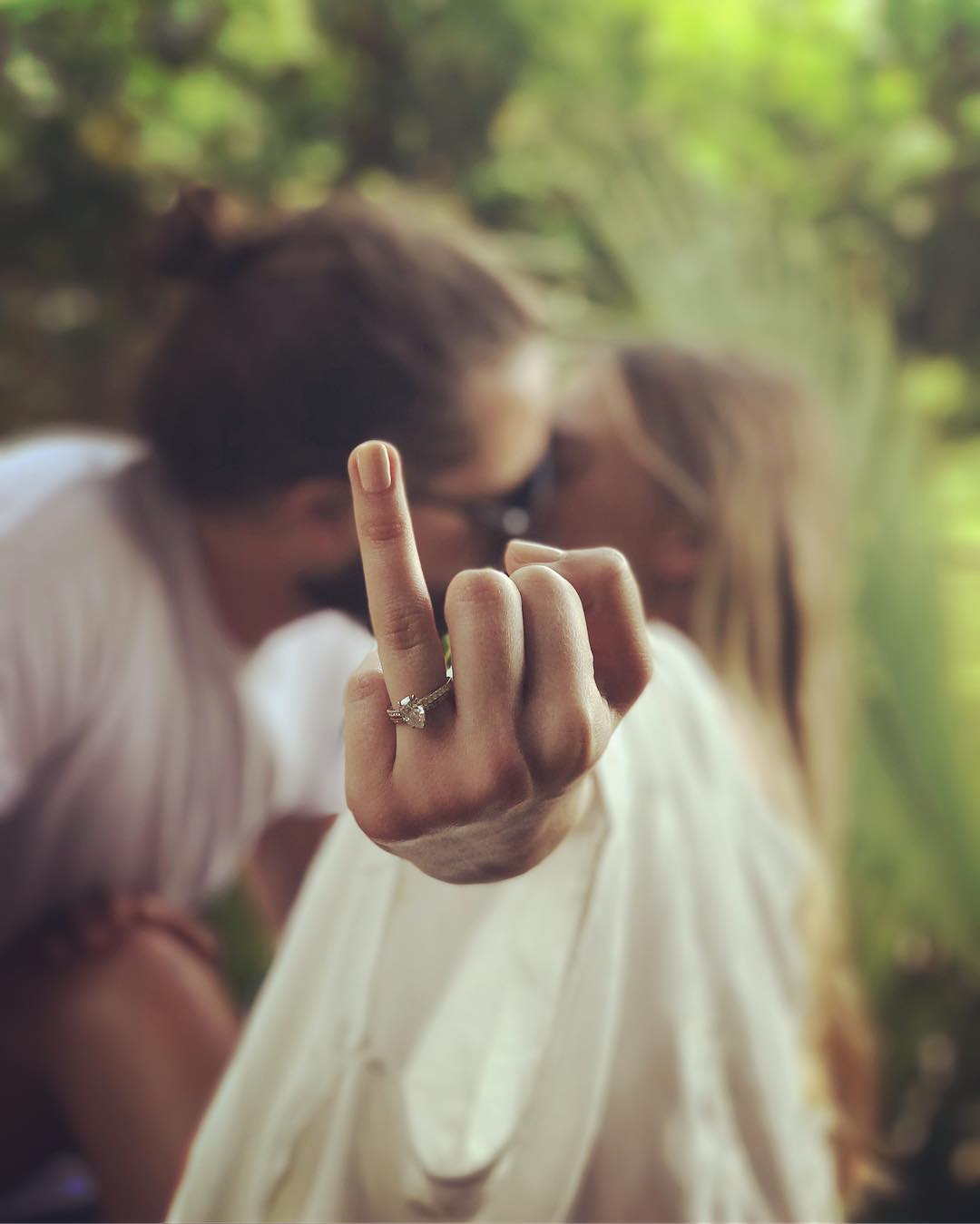
Suicide Squad star Margot Robbie and British film producer Tom Ackerley married secretly in Australia in 2016. Only 50 guests were invited and weren’t even told the location of the wedding before the event.
Kim Kardashian
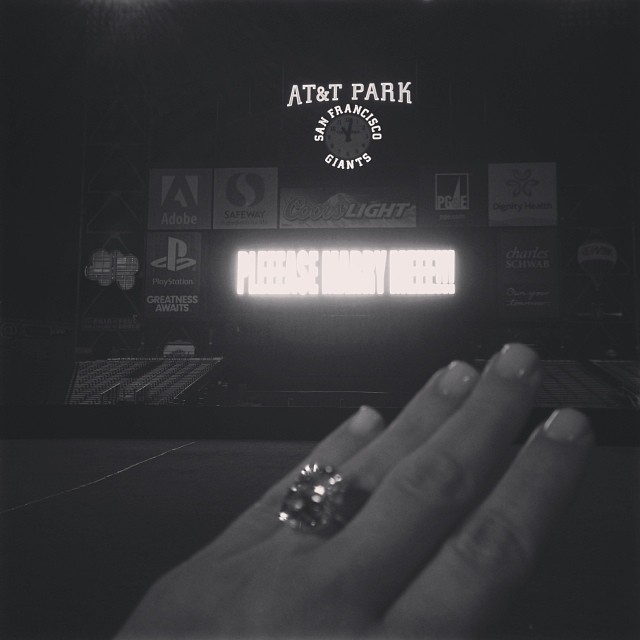
Super couple Kim Kardashian and Kanye West announced their engagement in October. The rapper went down on one knee in front of their family and friends while celebrating Kim’s 33rd birthday at the AT&T Park in San Francisco.
They tied the knot on May 24, 2014 at the 16th-century Fort di Belvedere in Florence, Italy. The day before, they hosted their rehearsal dinner in he Palace of Versaille’s Hall of Mirrors.
The West’s have four children together: North, Saint, Chicago and Psalm.
Minnie Dlamini
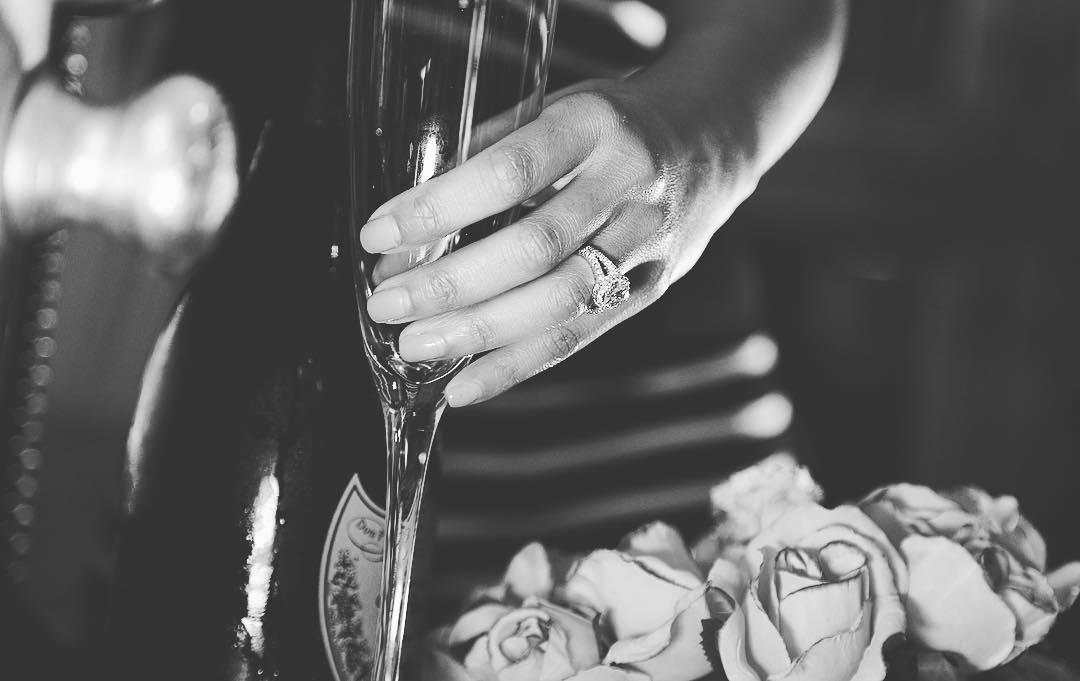
South African on-air personality, actress and model Minnie Dlamini and former football player Quinton Jones became engaged in December 2016.
On July 8, 2017, the pair tied the knot in a stunning traditional wedding at Glenn Hills in Northern Durban, KwaZulu-Natal. They had their white wedding on September 16, 2017 at the Lourensford Wine Estate in Somerset West.
Megan Markle
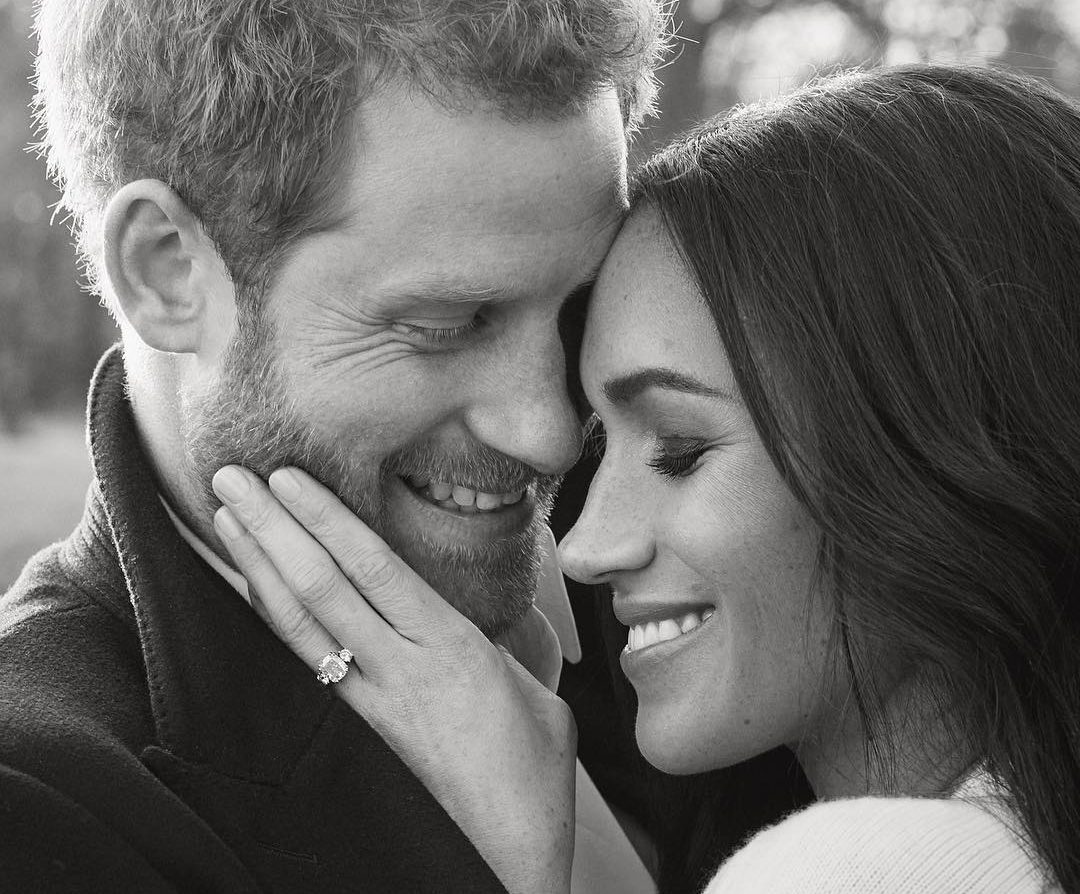
Prince Harry and actress Megan Markle confirmed their engagement in December 2017. Markle’s ring features a gold band and three diamonds. The centre diamond was sourced from Botswana, a country very close to the couple’s hearts, and the two outer jewels come from Princess Diana’s personal collection.
They followed up with their highly anticipated royal wedding on May 19, 2018 at the St George’s Chapel in Windsor Castle. The pair welcomed son Archie on May 6, 2019, just before their one-year wedding anniversary.
Miranda Kerr
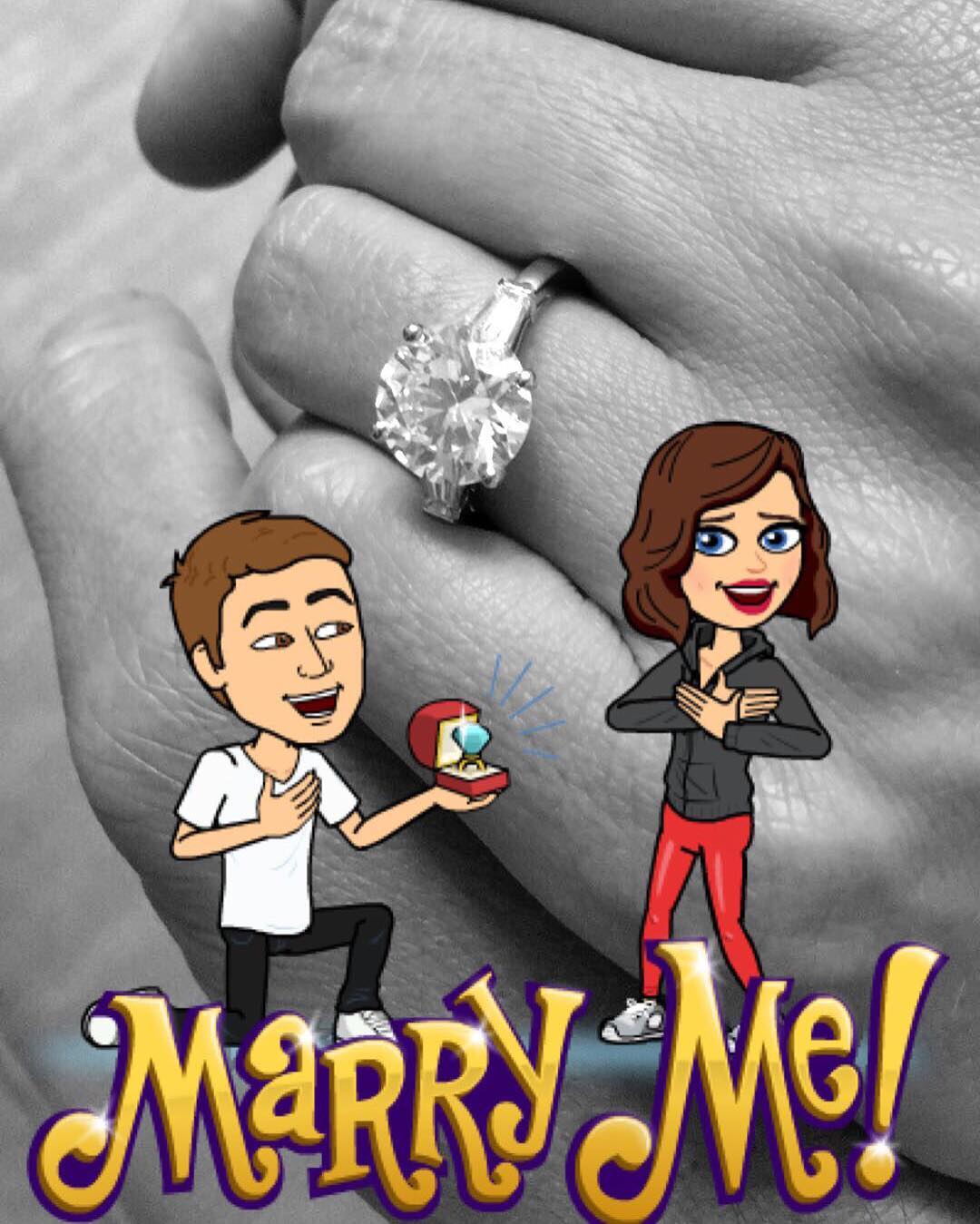
Victoria’s Secret model Miranda Kerr and Snapchat CEO Evan Spiegel became engaged in July 2016. She posted an image of her ring along with a Bitmoji filter on her Snapchat to honour the occasion.
The pair married on May 27, 2017 in an intimate ceremony at their California home. They reportedly had only 45 guests in attendance, and Kerr cooked and served the dinner. The pair share two children; sons Hart (2) and Myles (8 months). Kerr also has a nine-year-old son named Flynn with ex-husband Orlando Bloom.
Demi Lovato
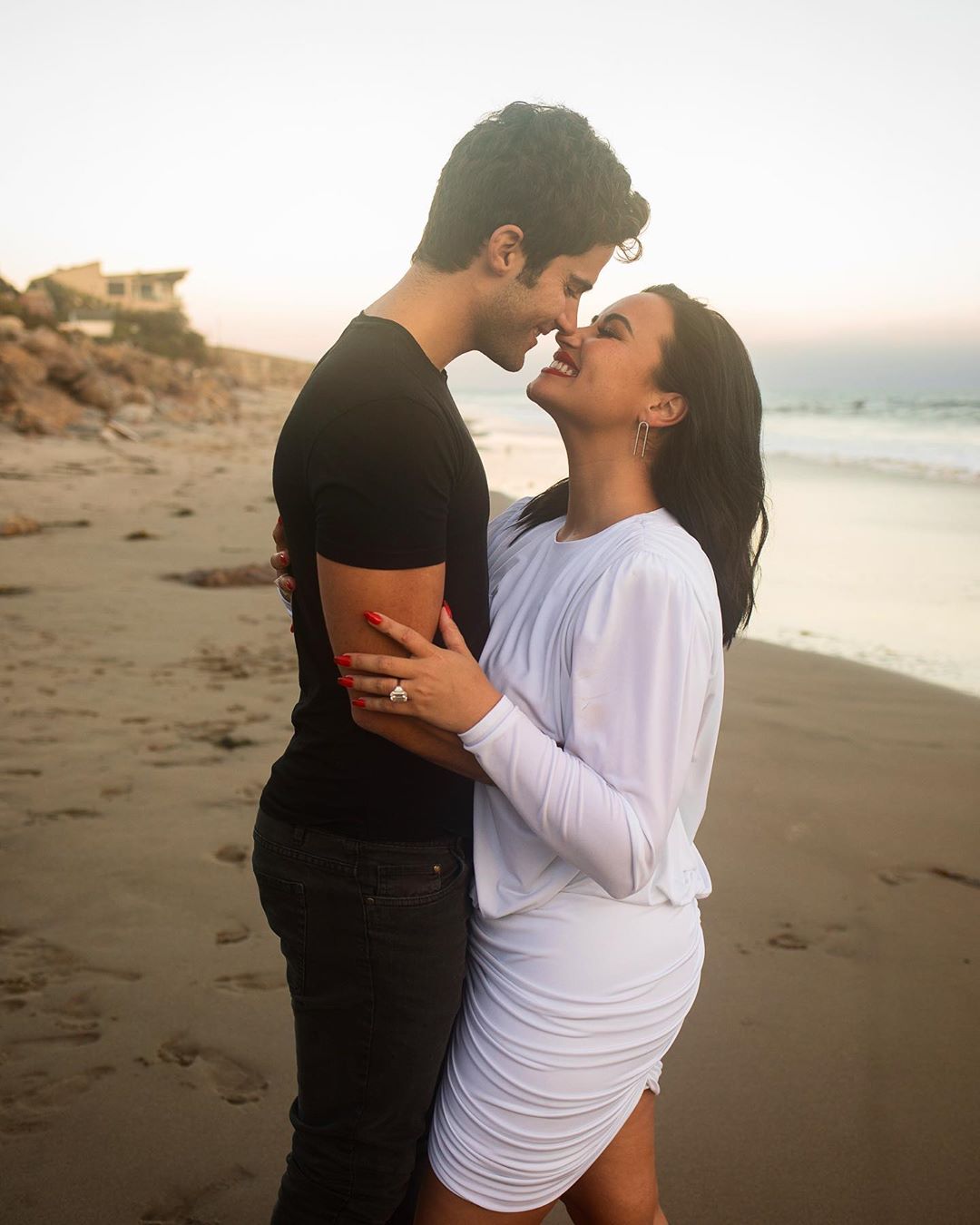
Songstress Demi Lovato shocked fans when she announced she became engaged to actor Max Ehrich , who went down on one knee to propose on July 22, 2020 in Malibu, California. As he popped the question, “Crash Into Me” by Dave Matthews Band was playing.
Emma Stone
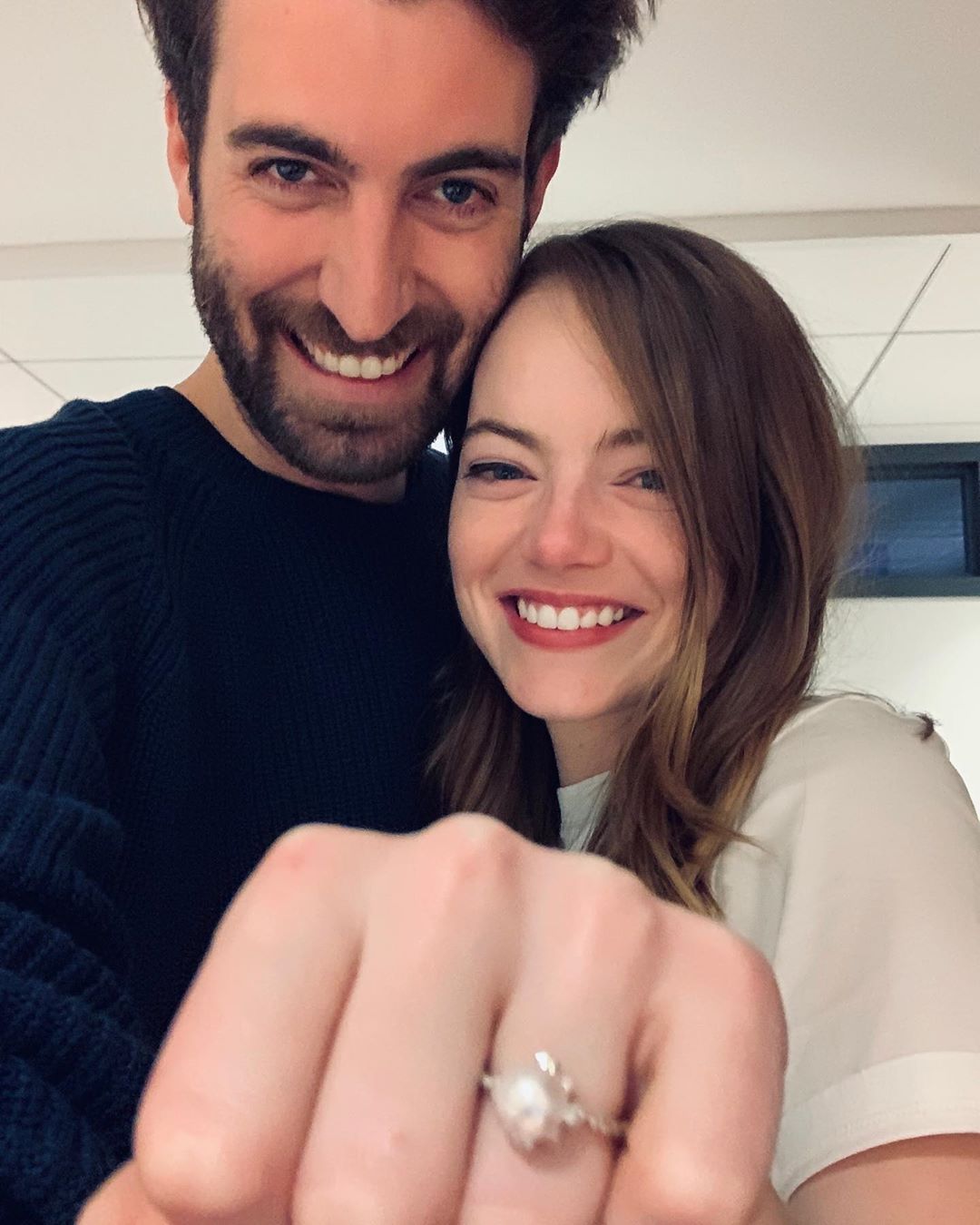
Saturday Night Live (SNL) writer boyfriend, Dave McCrary popped the question to Academy award-winning actress Emma Stone in December 2019. Stone’s antique-style engagement ring, one of 2020s biggest ring trends, is in full view.
The pair first met on set of SNL when Emma was hosting the show back in 2016. They have been together for about two years. The couple is quite private, keeping their relationship under wraps from the beginning, and have been spotted together publicly only a handful of times.
Images: Instagram

